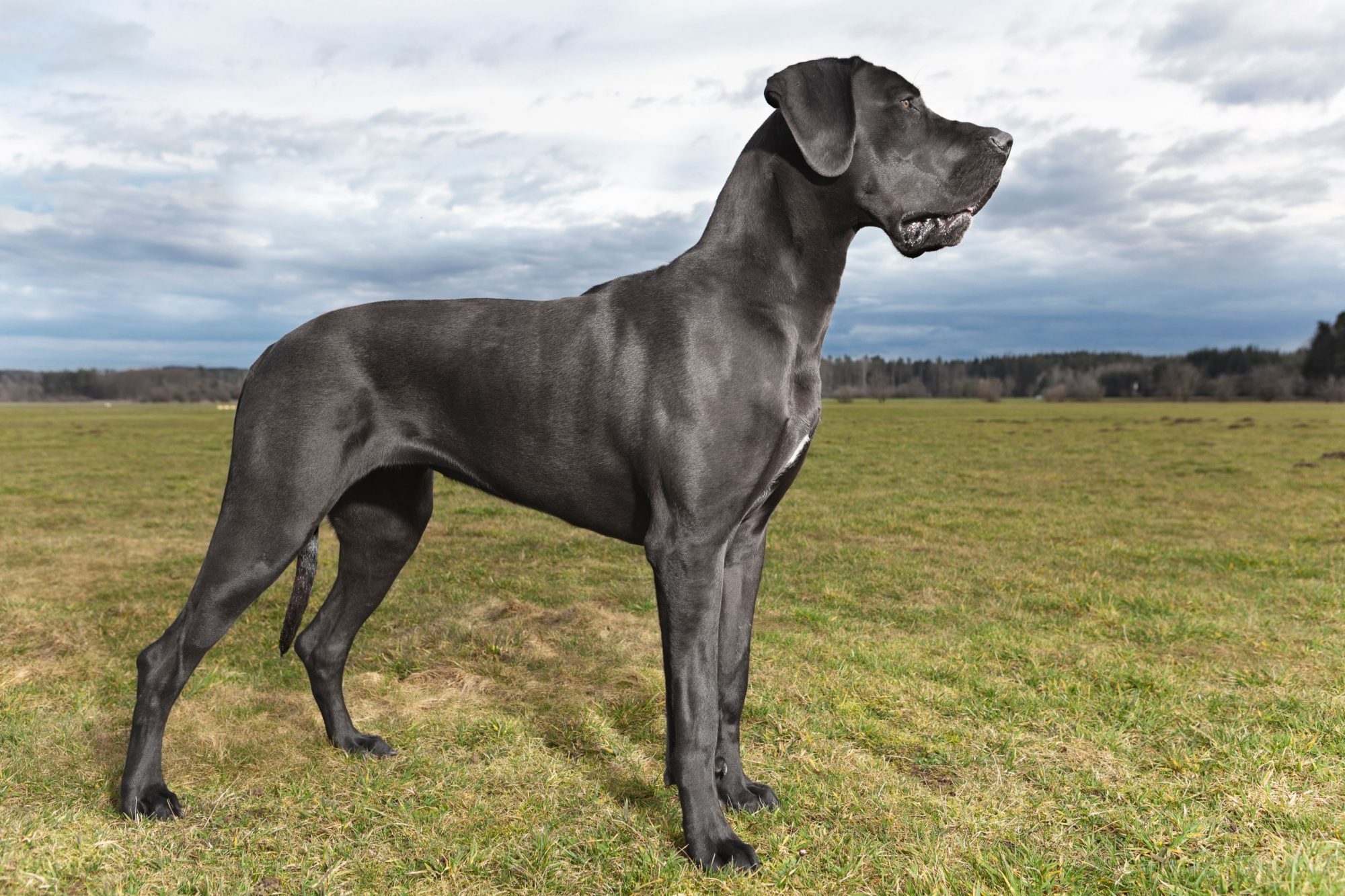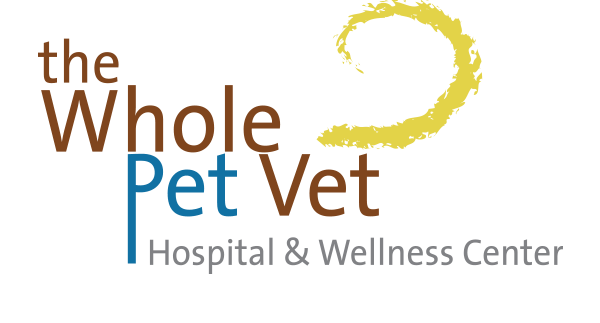Staying Hyper-Aware of Bloat in Dogs Can Save Lives

When people hear the word “bloat,” they may think of minor indigestion caused by wheat, dairy products, or spicy food. Indeed, who among us hasn’t felt bloated before? However, bloat in dogs is anything but insignificant. Gastric dilatation-volvulus (GDV) is a serious medical condition that causes the stomach to expand with fluid, air, or food, and then twist and flip on itself. If it’s left untreated, bloat in dogs can be fatal.
Signs and Risk Factors
It is unknown why some dogs are more susceptible to GDV, but research suggests that the following factors increase risk:
- Breed/Size – Large and deep-chested dogs, such as Dobermans, Great Danes, standard poodles, and setters, are more prone to bloat. Dogs over 100 pounds have an approximately 20% higher risk of GDV.
- Gender/Age – Statistics show that most bloat cases are represented by male dogs over the age of 7.
- Eating Style – Smaller meals spaced throughout the day may reduce risk. Dogs that enjoy one large daily meal tend to wolf down their food faster, increasing risk of bloat.
- Cause/Effect – Studies suggest that strenuous exercise after eating may increase the risk of bloat.
- Stress – Dogs that eat in a calm, relaxing environment are less likely to develop bloat.
Despite all of the above risk factors, some cases of bloat in dogs occur for none of these reasons. As a result, it is imperative to raise owner awareness of this life threatening condition.
What Is Happening?
While some symptoms of bloat in dogs can slip under the radar, the following red flags of GDV should never be ignored:
- Swollen, hard, or distended abdomen
- Quick, shallow breathing
- Unproductive vomiting
- Paleness
- Panic, anxiety, or obvious restlessness
- Collapse
Bloat in dogs is a medical emergency. The pressure in the abdominal cavity is initially uncomfortable, but as the stomach expands it can quickly impact both breathing and blood flow. Left alone, the stomach can twist, cutting off blood supply to the major organs and vital tissue. This can result in systemic shock.
Seek Help Immediately
Treatment for GDV includes releasing abdominal pressure via a stomach tube. If the stomach is twisted too much, a large bore needle must be inserted through the skin into the stomach. Intravenous fluids and medication can help stabilize the patient, but surgery may be required to untwist the stomach.
Preventing Bloat in Dogs
In order to minimize your dog’s risk, try the following strategies:
- Feed smaller meals throughout the day, or use a slow-feed bowl
- Wait at least 15 minutes after they eat to offer water
- Do not allow them to exercise or run around until 30 minutes after meals
- Separate your pets at meal times if it causes stress or anxiety
Seek help right away if your dog shows any signs of GDV, and let us know if you have any questions about your dog’s possible risk factors. Our staff is always here for you at The Whole Pet Vet Hospital & Wellness Center.
